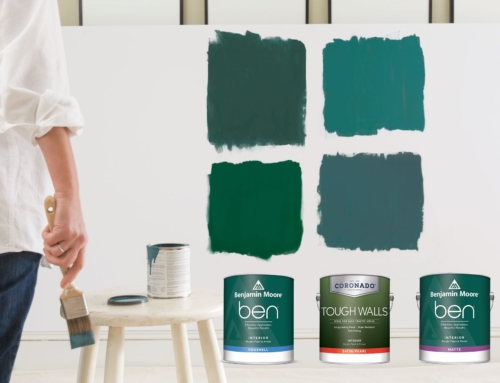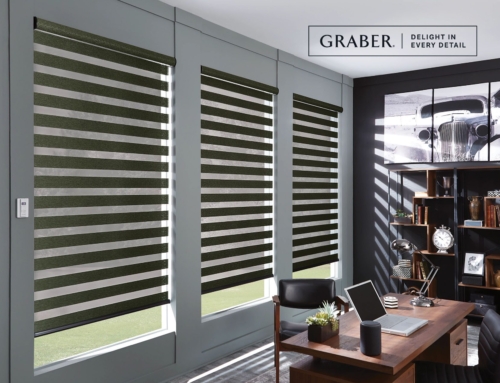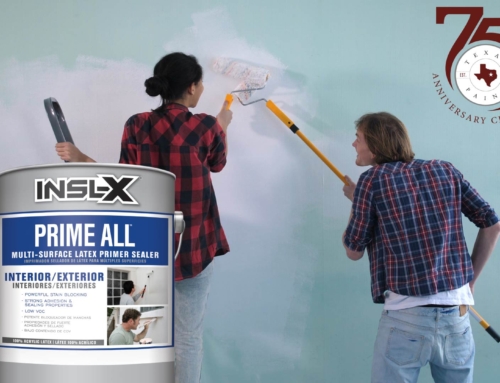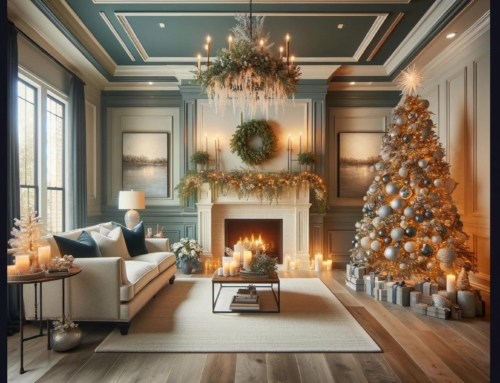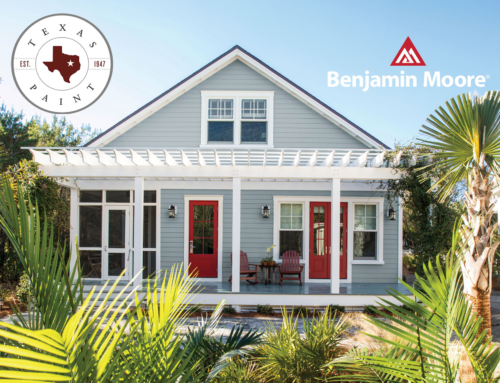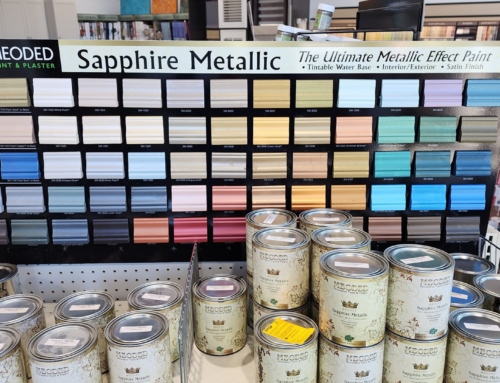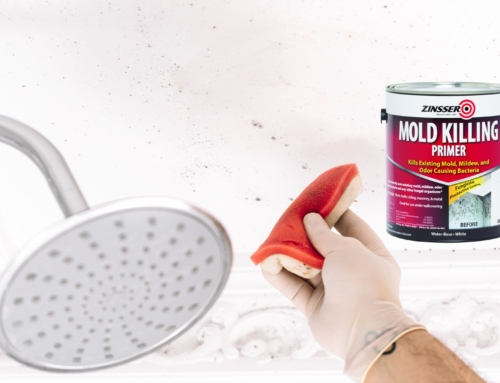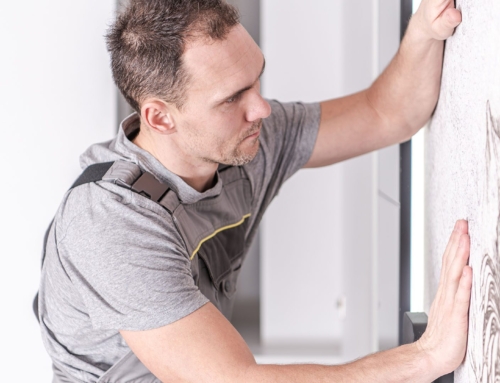Interior design and psychology go hand-in–hand. In the last decade, this topic has been receiving more attention. No matter what the space – a living room, office, yoga studio, doctor’s office – all of the objects and elements in a room should get the credit they deserve. We think we know some of the best ways. Here are a few things to consider when analyzing the psychology of interior design!
Color
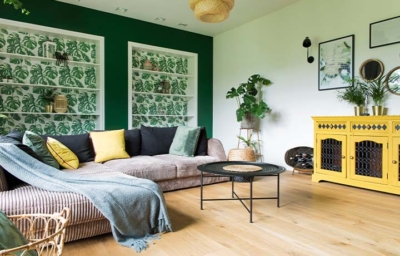 Colors have a big impact on a mood. They can promote feelings from tranquility to anxiety. Shades like yellow, orange and green tend to promote communication and socialization. Darker colors such as purple, deep blue, and red can promote a sad and gloomy mood. However, all of these shades can promote opposite feelings depending on the appropriate environment.
Colors have a big impact on a mood. They can promote feelings from tranquility to anxiety. Shades like yellow, orange and green tend to promote communication and socialization. Darker colors such as purple, deep blue, and red can promote a sad and gloomy mood. However, all of these shades can promote opposite feelings depending on the appropriate environment.
Personality
Understanding personalities can help us understand how a space is going to be utilized. For example, a friendly and social person may want a dining room table to seat family and friends, whereas someone who spends their evenings watching movies and eating popcorn might choose an expensive and comfortable couch over an extravagant dining room. There are no wrong answers when it comes to what elements are included inside of a home – there are just more pertinent and fitting answers depending on someone’s personality.
Light
Light is a very important part of every room. Seeing how light enters and exits a room or building should be your first step when choosing to redo a space. Studies have shown that mood and energy levels are directly related to how much natural light we receive daily. If there is light coming into your space already, use it! Choose translucent curtains that allow that light to creep in. While nothing beats natural sunlight, sometimes getting enough sunlight is just not possible. There is nothing wrong with artificial light, but use it wisely. Warm lighting can make us feel warm on the inside. It is calming and puts our minds at rest. LED lighting, on the other hand, is cold and impossible to feel relaxed in.

